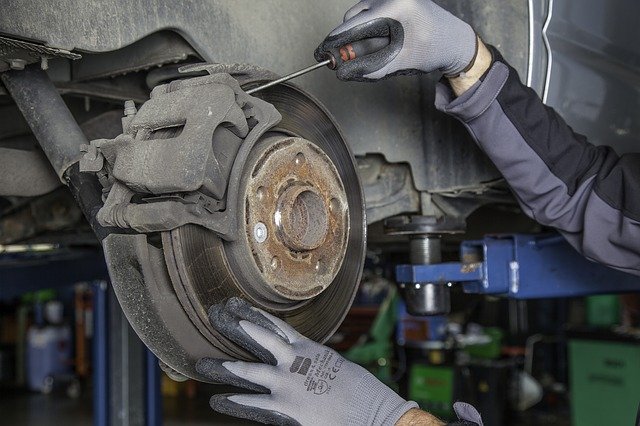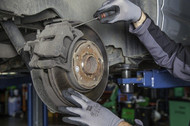Brake Pads 101: Exploring Different Friction Materials
20th Jun 2020

Brake Pads Materials
Consisting of discs made of a friction material with a metal backing plate, brake pads are an important component in vehicles. They are designed to convert the kinetic energy created by rotation of a vehicle’s wheels into thermal energy. Technical jargon side, brake pads allow vehicles to safely slow down by pressing against the wheel rotos. While all brake pads feature a similar design, though, they are available in several different friction materials.
Ceramic
Ceramic brake pads have been for decades. Ceramic, of course, is a type of friction material consisting of the same clay material used in pottery. Raw clay is mixed together with metal fibers – typically copper – after which it’s molded and processed into the shape of a brake pad.
Ceramic brake pads last a relatively long time, protect against overheating, and they nearly operate during use, all of which make them a popular choice among automakers and motorists alike.
Organic
Used in over two-thirds of all new vehicles produced in the United States, organic brake pads are the most popular. They are called “organic” because, unlike most other brake pads, they are made of an organic material rather than a synthetic material.
Long ago, organic brake pads were made of asbestos. Now that the health dangers of asbestos exposure are well-documented, asbestos has been phased out in favor of other, safer organic materials for these brake pads. Non-asbestos organic (NAO) brake pads are typically made of glass or rubber that’s mixed with metal fibers. They are inexpensive, durable and highly effective at slowing vehicles down.
Semi-Metallic
A third type of friction material used in brake pads is semi-metallic. As the name suggests, they are made partly of metal. Some semi-material brake pads contain 25% metal, whereas others contain up to 70% metal. There are also different types of metal used in semi-metallic brake pads, the most common of which include copper, steel and iron.
Semi-metallic brake pads offer excellent resistance to wear and tear. After all, they are made of metal. A benefit of semi-metallic brake pads that’s often overlooked, however, is their sensitivity. They are more sensitive to brake pedal engagement that other types of brake pads. In other words, you don’t have to press your foot hard on the brake pedal to engage them. The downside to semi-metallic brake pads is that they tend to produce more noise than other types of brake pads.

